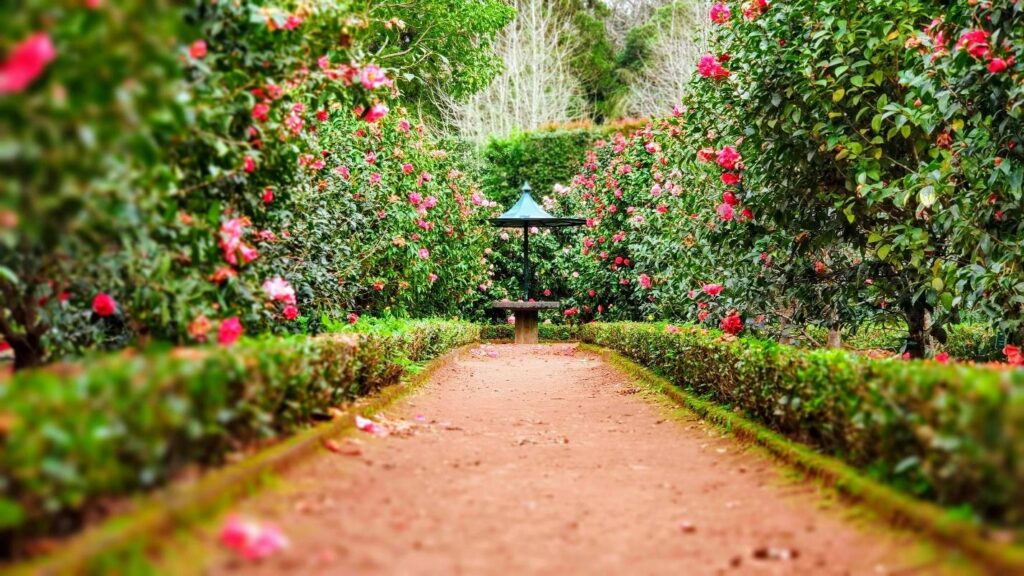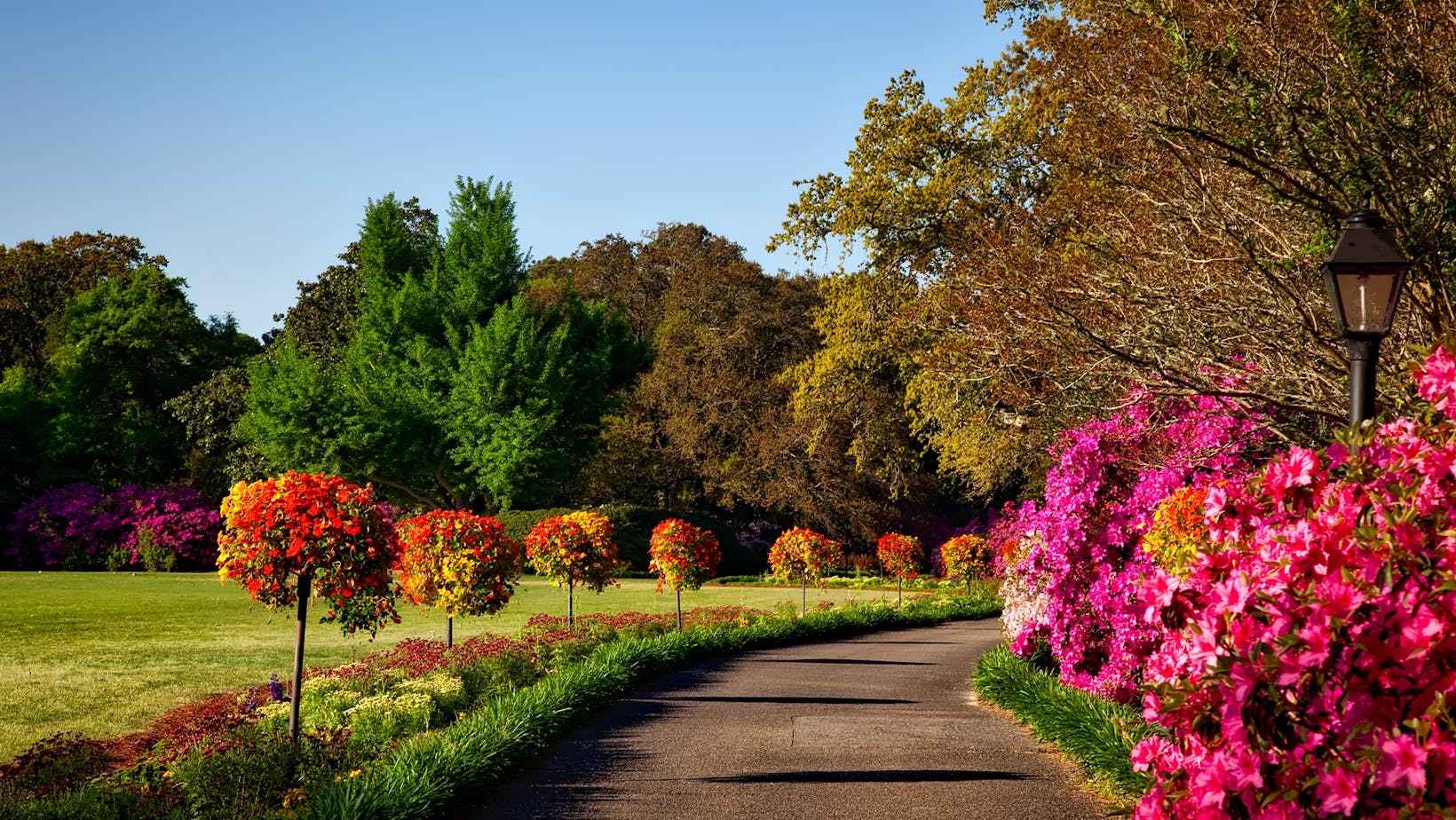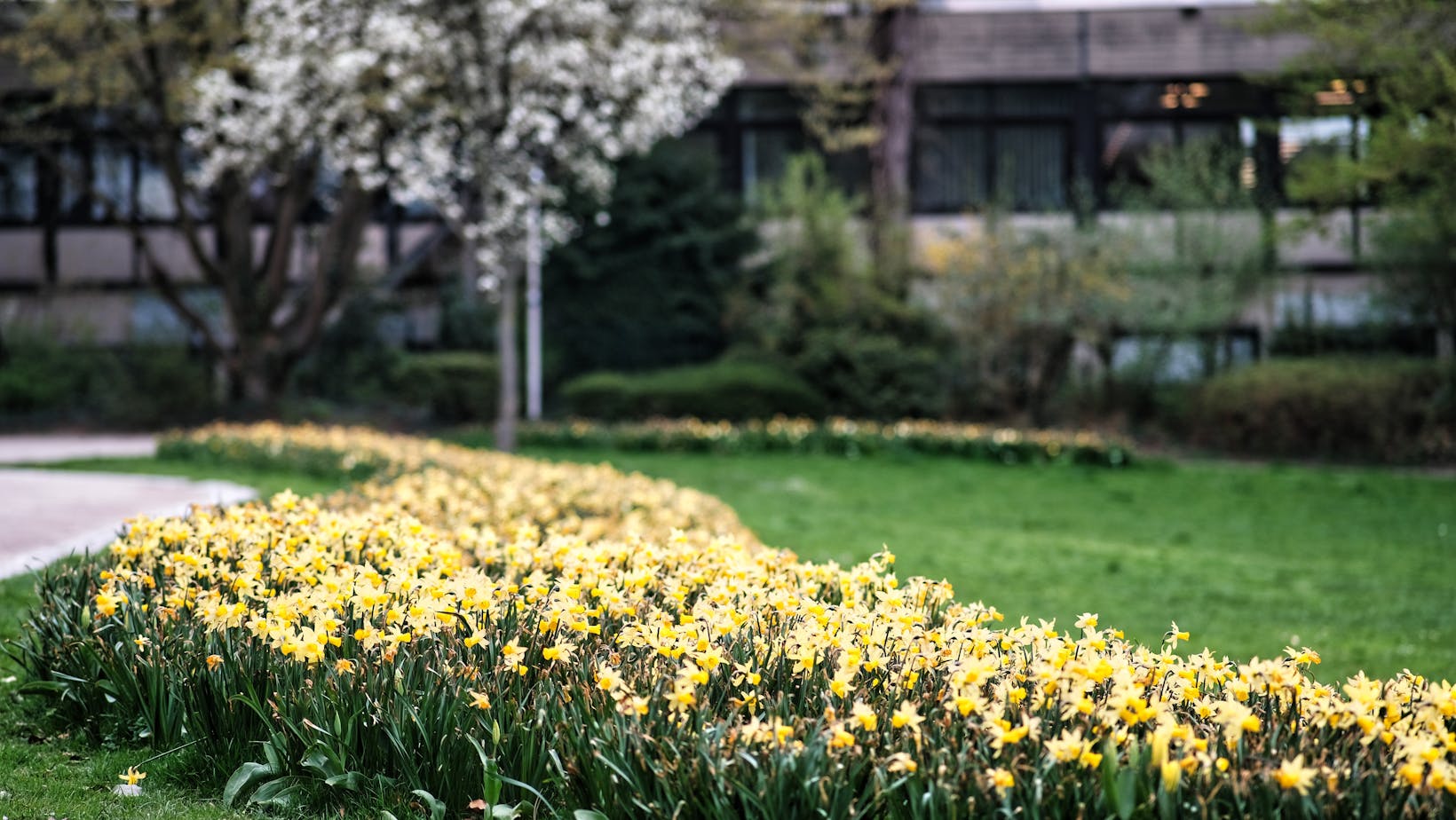
Introduction
In the hustle and bustle of modern life, the quest for tranquility and wellness has led us to the serene embrace of nature. This is where the concept of healing gardens comes into play, serving as a beacon of health and solace. These are not just mere gardens; they are meticulously crafted landscapes where the therapeutic properties of flowers and plants are harnessed to promote health and wellness in a variety of settings. No doubt that flowers can give the same effect of tranquility. This article delves into the essence of these gardens, exploring their design, impact in healthcare settings, and their role in horticultural therapy. Whether it’s to uplift spirits, foster healing, or simply bring joy, the option to send flowers internationally allows individuals to share the restorative power of nature’s blooms with loved ones around the world, cultivating moments of serenity and well-being across continents and cultures.
Designing Healing Gardens: Principles and Practices
Healing gardens are designed with the aim of offering a soothing environment that aids in physical and mental recovery. They are a symphony of colors, fragrances, and textures, thoughtfully composed to evoke a sense of peace and well-being. The selection of plants is critical, often involving species that are not only visually appealing but also emit calming scents. Lavender, for instance, is renowned for its relaxing aroma.
The layout of these gardens is equally important. Pathways are created to encourage gentle walks, often winding through varied landscapes that provide sensory stimulation and quiet corners for contemplation. Water features, such as fountains or ponds, add a soothing auditory element, while seating areas are positioned to offer serene views. The overall aim is to engage all senses, creating a multi-sensory experience that fosters healing and relaxation.
In addition to these elements, lighting plays a crucial role in healing gardens. Soft, natural light is used to enhance the beauty of the plants and create a warm, inviting atmosphere. At night, subtle lighting can highlight certain areas of the garden, creating a magical and tranquil space that encourages relaxation and introspection. Moreover, the inclusion of art, such as sculptures or wind chimes, adds a layer of aesthetic and auditory charm, further enriching the healing experience.

Accessibility is also a key consideration in the design of these gardens, ensuring that they are inclusive spaces where individuals of all abilities can find comfort and solace. Through these thoughtful design choices, healing gardens become sanctuaries that not only delight the senses but also nurture the soul.
Flowers in Healthcare: Hospitals and Wellness Centers
In healthcare settings, the incorporation of flowers and gardens has shown remarkable impacts on patient recovery and staff well-being. Hospitals and wellness centers have started integrating these gardens into their architecture, recognizing their therapeutic potential. Studies have shown that patients with views of gardens from their windows often require less pain medication and exhibit faster recovery rates compared to those facing conventional urban landscapes.
For healthcare staff, these gardens offer a much-needed respite from the emotionally and physically taxing environment of hospitals. A brief walk in a garden or even a view of greenery can significantly reduce stress levels, leading to improved performance and job satisfaction. The presence of natural elements in healthcare settings not only enhances the aesthetic appeal but also contributes to a more humane and healing environment.
Beyond these benefits, healing gardens in healthcare settings also serve as communal spaces, fostering interactions among patients, visitors, and staff. This social aspect can be particularly beneficial for long-term patients, providing them with opportunities for engagement and social support outside the clinical environment.
Additionally, these gardens can be used for therapeutic activities, such as guided relaxation sessions or group gardening projects, which further enhance their healing potential. In pediatric wards, specially designed gardens with playful elements and safe, interactive features can offer children a welcome distraction and a sense of normalcy in a hospital setting.
Furthermore, these gardens can also support biodiversity, bringing in birds and beneficial insects, thus creating a small ecosystem that patients and staff can observe and enjoy. The integration of nature into healthcare facilities through these gardens is a testament to the evolving understanding of holistic health and the healing power of nature.
Horticultural Therapy: The Healing Power of Gardening
Horticultural therapy also offers a unique form of sensory stimulation. The variety of textures, colors, and scents in a garden can be particularly beneficial for individuals with sensory processing disorders or dementia, providing a soothing and engaging environment.
One prominent example of these natural wonders is honey bees. Their diligent, industrious behavior and utmost importance to ecosystem health are fascinating subjects of study and observation. Knowledge about honey bees and how they influence a garden’s health and productivity can enlighten and empower therapy participants.
Moreover, it allows for the development of new skills and knowledge about plants and ecosystems, which can be particularly empowering for individuals in rehabilitation or those with learning difficulties. In therapeutic settings, the cyclic nature of gardening – from sowing to harvesting – mirrors the cycles of life, offering profound lessons in patience, care, and the acceptance of natural processes. For people struggling with mental health issues, such activities can provide a sense of stability and a framework for understanding their own experiences.

Additionally, the act of nurturing plants and witnessing their growth can boost self-esteem and a sense of purpose, which are vital components in the journey of healing and recovery. Thus, horticultural therapy stands as a vital tool in the realm of therapeutic interventions, merging the art of gardening with the science of healing.
Conclusion
Healing gardens, in their various forms and applications, are a testament to the powerful role nature plays in our well-being. They are not just aesthetically pleasing spaces but are instrumental in promoting physical and mental health. The growing recognition of these gardens reflects a broader shift towards a more holistic approach to health, where the healing power of nature is embraced as a vital component of wellness.
As we continue to explore the intricate relationship between humans and nature, healing gardens stand as a beautiful reminder of how nature nurtures us in body, mind, and spirit.












